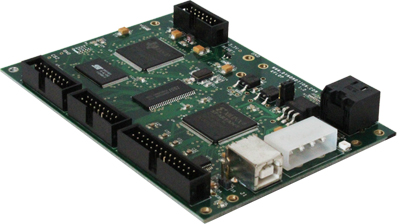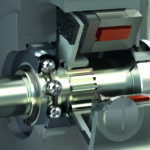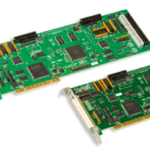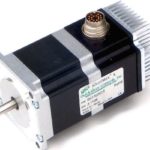Motion controllers come in many shapes, sizes and form factors. They can be stand-alone units that plug into control racks or PC-based controls that plug into a PC. Motion control functions can also reside on PLCs or PACs. But motion control functionality can also fit on a single chip, and this has been the case for some years now. Such chip-based motion control ICs (integrated circuit) come in a few different types.

First, ASICs, (application specific integrated circuits). As the name suggests, an ASIC can be any chip custom designed for some specific task. It can be digital or analog, or mixed signal (both analog and digital). Typically ASICs have one processor core in contrast with a SoC (system on chip) which usually has multiple processor cores that can be programmed for specific motion control tasks as well as supervisory tasks typical of a microprocessor. FPGAs (field programmable gate arrays) are also designed to be programmed for some highly specific task. Here the key is that they are field programmable, meaning their program can be changed in the field, as opposed to ASICs and SoCs which once programmed can’t be significantly altered, outside of some minor changes in software.
Then there are digital signal processors (DSPs). These are dedicated integrated circuits (ICs) that are programmed to execute specific types of calculations or run algorithms. They’re often differentiated from standard microprocessors in that DSPs do not handle the typical supervisory tasks of a microprocessor but are designed instead to only execute algorithms and perform mathematical calculations such as are involved in motion control.
DSPs as well as the other chips for motion control can generate motion profiles or trajectories, close the control loop, and send control signals to the motor drive. They can also be programmed to do the commutation for brushless motors and pulse and direction output.






Leave a Reply
You must be logged in to post a comment.